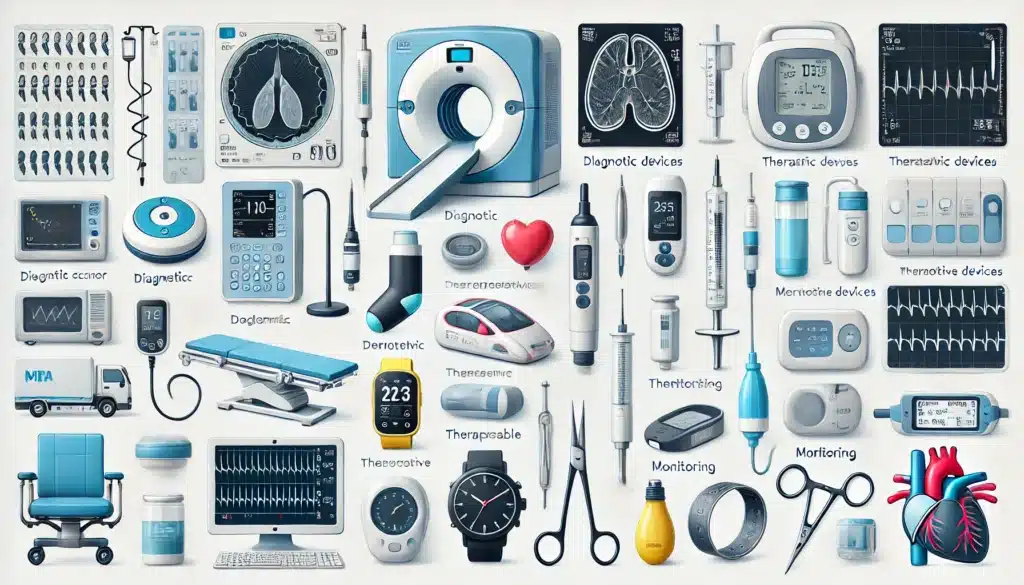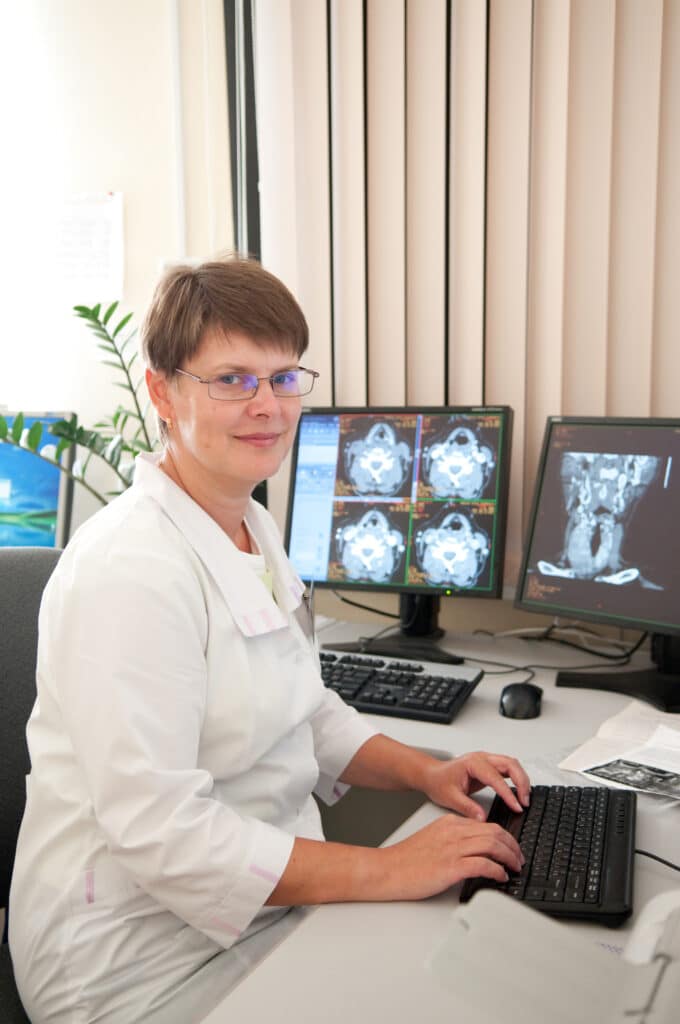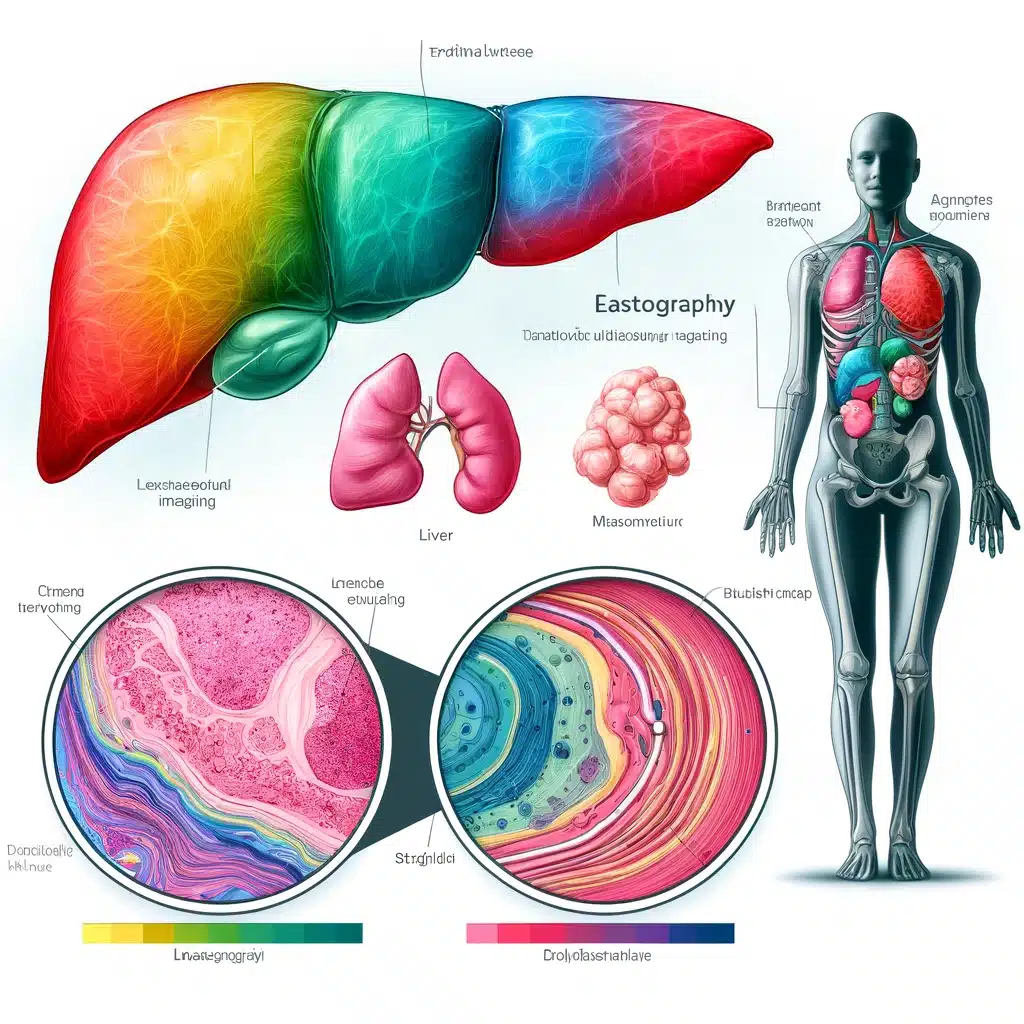CT Scan
Computed Tomography (CT) scans represent a monumental advancement in medical imaging, providing detailed insights critical for diagnostic accuracy. These scans are particularly valued for producing cross-sectional images of the body, allowing for a comprehensive examination of internal organs, blood vessels, and bones with remarkable clarity.
The genesis of CT scanning can be traced back to the early 1970s when British engineer Godfrey Hounsfield and South African-born physicist Allan Cormack pioneered it. Their groundbreaking work earned them the Nobel Prize in Physiology or Medicine in 1979. A CT scanner employs a series of X-ray measurements taken from different angles, integrating these images with the aid of computer processing to generate a three-dimensional image of a patient’s internal structures.
One of the primary benefits of a computed tomography scan over traditional X-ray procedures is its enhanced contrast in soft tissues. This is crucial for detecting conditions such as cancer, where early identification of tumours can significantly impact treatment outcomes. CT scans are also indispensable in evaluating complex bone fractures, providing clear images that can help guide surgical planning and ensure accurate repairs.
In emergency settings, computed tomography scans are invaluable for swiftly diagnosing internal injuries, particularly in cases of trauma. This rapid assessment capability can be lifesaving, facilitating immediate and appropriate medical interventions. Additionally, CT angiography, which involves the injection of a contrast material, allows doctors to view blood vessels and assess the circulatory system’s state, aiding in the diagnosis of cardiovascular diseases.
Despite the numerous benefits, CT scans do involve exposure to radiation, which could potentially lead to an increased risk of cancer. Therefore, medical professionals carefully justify the use of CT scans, ensuring that the benefits outweigh the risks. Technological advancements continue to reduce the levels of radiation exposure while enhancing image quality.
As technology advances, so too does the potential of CT scans. Innovations such as dual-energy CT scans, which provide even more detailed information about chemical compositions, and the development of faster machines reduce the need for patient sedation and decrease scan times, enhancing patients’ comfort and safety.
CT scans thus remain an indispensable tool in modern medicine. They can provide vital diagnostic information and support complex medical decision-making processes, thereby improving patient care outcomes.
You are here:
home » CT Scan



